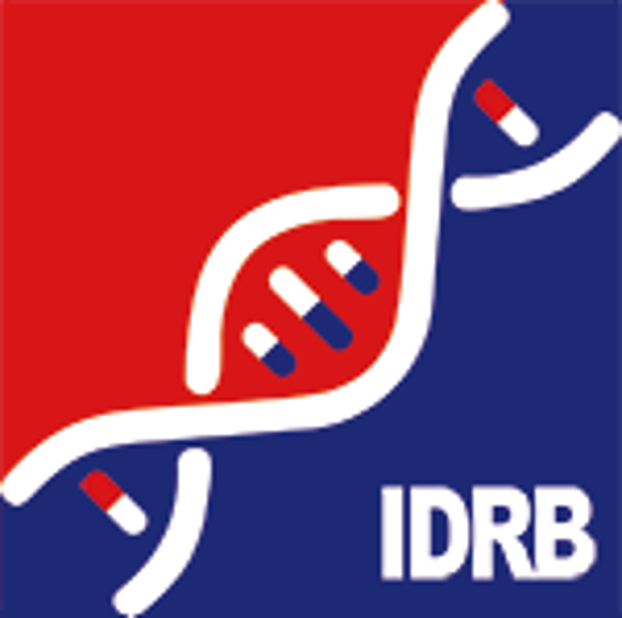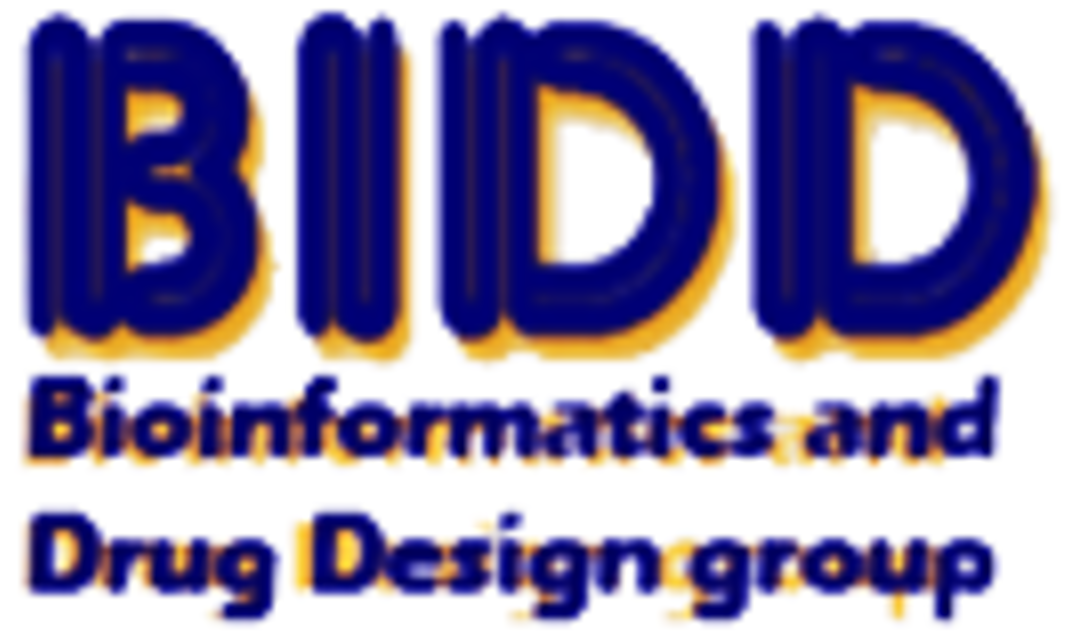| References |
Top |
| REF 1 |
mTOR and S6K1 mediate assembly of the translation preinitiation complex through dynamic protein interchange and ordered phosphorylation events. Cell. 2005 Nov 18;123(4):569-80.
|
| REF 2 |
Control of Paip1-eukayrotic translation initiation factor 3 interaction by amino acids through S6 kinase. Mol Cell Biol. 2014 Mar;34(6):1046-53.
|
| REF 3 |
Phosphorylation of mammalian target of rapamycin (mTOR) at Ser-2448 is mediated by p70S6 kinase. J Biol Chem. 2005 Jul 8;280(27):25485-90.
|
| REF 4 |
Raptor, a binding partner of target of rapamycin (TOR), mediates TOR action. Cell. 2002 Jul 26;110(2):177-89.
|
| REF 5 |
Identification of S6 kinase 1 as a novel mammalian target of rapamycin (mTOR)-phosphorylating kinase. J Biol Chem. 2005 Jul 15;280(28):26089-93.
|
| REF 6 |
The mammalian target of rapamycin-p70 ribosomal S6 kinase but not phosphatidylinositol 3-kinase-Akt signaling is responsible for fibroblast growth factor-9-induced cell proliferation. J Biol Chem. 2005 May 20;280(20):19937-47.
|
| REF 7 |
The FRB domain of mTOR: NMR solution structure and inhibitor design. Biochemistry. 2006 Aug 29;45(34):10294-302.
|
| REF 8 |
Phosphorylation and degradation of S6K1 (p70S6K1) in response to persistent JNK1 Activation. Biochim Biophys Acta. 2013 Dec;1832(12):1980-8.
|
| REF 9 |
Toward an understanding of the protein interaction network of the human liver. Mol Syst Biol. 2011 Oct 11;7:536.
|
| REF 10 |
Identification of the degradation determinants of insulin receptor substrate 1 for signaling cullin-RING E3 ubiquitin ligase 7-mediated ubiquitination. J Biol Chem. 2012 Nov 23;287(48):40758-66.
|
| REF 11 |
The CUL7 E3 ubiquitin ligase targets insulin receptor substrate 1 for ubiquitin-dependent degradation. Mol Cell. 2008 May 23;30(4):403-14.
|
| REF 12 |
Using an in situ proximity ligation assay to systematically profile endogenous protein-protein interactions in a pathway network. J Proteome Res. 2014 Dec 5;13(12):5339-46.
|
| REF 13 |
Structure of S6 kinase 1 determines whether raptor-mTOR or rictor-mTOR phosphorylates its hydrophobic motif site. J Biol Chem. 2005 May 20;280(20):19445-8.
|

